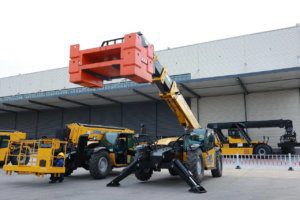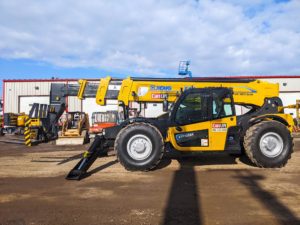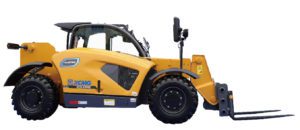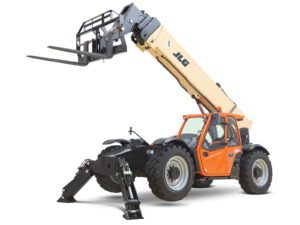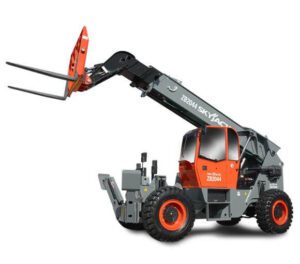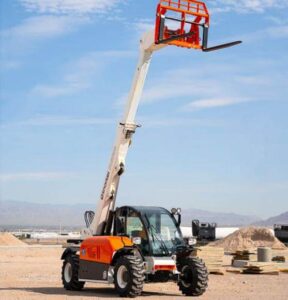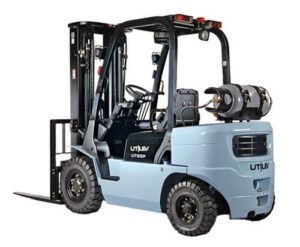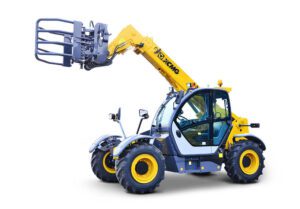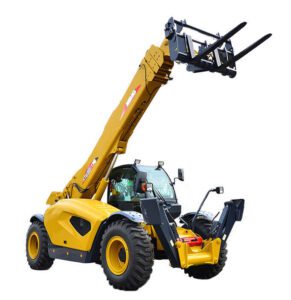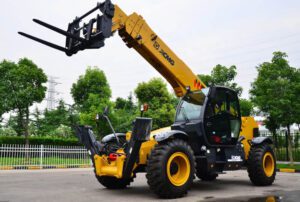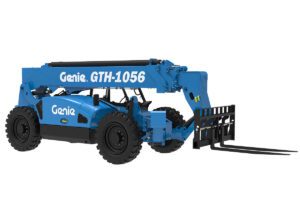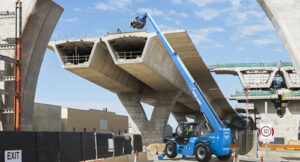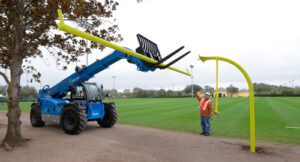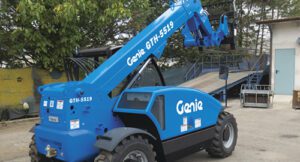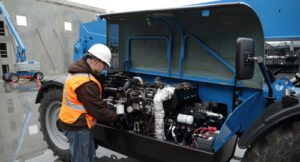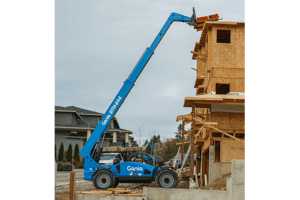Showing 1–16 of 25 results
Material Handling
CanLift offers a selection of Material Handling for sale. Call us today at 1-877-338-5438 or contact us using the form – operators are standing by and we ship across Canada!
QUICK QUOTE
Your privacy is very important to us. We do not sell, share, or
distribute any of your personal information with any third parties.
Please read our privacy policy for more information
Order Material Handling Equipment in Canada
CanLift has new material handling equipment for sale or lease with quick delivery options. For years, we have been the trusted place to find and purchase new and used aerial lifts, material handling equipment and other heavy construction machines. You will get the latest in material lifting machines with dedicated customer support and the best prices. Not only does CanLift have new material handling equipment, but we also have used machines that have been inspected and certified by our factory-trained technicians. See our inventory online for material handling equipment for sale or lease.
Types of Material Lifting Equipment
With an extensive selection of material handling equipment in Canada, you can choose the best type and manufacturer for your needs or operators. The types of MHE equipment we carry include telehandlers and material lifts, and we also have one of the widest selections of aerial lift equipment in Canada. Telehandlers are versatile MHE machines that can be used on even rough terrain, and material lifts are often the top choice for indoor places like warehouses and storage shops. If you are unsure which MHE forklift or telehandler is most suitable for your worksites and projects, contact CanLift’s customer service team to get recommendations on equipment and financing options.
Financing Options for MHE Equipment
CanLift has material lifting machines at competitive pricing, and we also offer flexible options for rent-to-own or lease financing. By leasing MHE machines, you can grow your company by building a fleet of equipment that will save time and money in your daily projects. CanLift also offers the option to rent material handling equipment, which is a great option if you need a specific telehandler or machine lift for a short-term project. Conserve your cash or lines and credit by leasing a material handling lift from CanLift.
CanLift is Your Best Option for Material Handling Equipment in Canada
With a large fleet of MHE machines and the personable service of a mom & pop shop, CanLift is your best option if you are looking for material handling equipment for sale. We provide dedicated account managers to eliminate red tape and corporate interference, and consistently have MHE forklifts and MHE equipment readily available with zero supply chain issues. Our prices are competitive, and we have the best road service teams and in-house mechanics in the business. Pop over to CanLift to get the best deal and service on all material handling lifts.

Satisfaction is guaranteed.
Contact our sales and rental team today
for a free, no-obligation quote.
Frequently Asked Questions about Material Handling
What is material handling equipment used for?
Material handling equipment is used for moving, storing, and controlling materials within various industries. Material handling equipment plays a crucial role in the efficient flow of goods throughout different stages of production, distribution, and storage processes. Material handling equipment types primarily include forklifts and telehandlers. Forklifts and telehandlers are employed to lift and transport heavy loads, facilitating the smooth operation of warehouses, manufacturing facilities and construction sites. Material handling equipment is designed to increase efficiency, minimize manual labour, and enhance workplace safety. Material handling machines contribute to cost savings by optimizing workflows and reducing the time required to handle materials. Telehandlers and forklifts aid in preventing damage to goods during transit and ensure product integrity. The application of material handling equipment is diverse. The equipment is used in industries such as manufacturing, logistics, construction, retail, automotive, and agriculture. Material handling equipment serves as the backbone of projects of all sizes, encompassing a wide range of tools and technologies that contribute to the seamless movement, storage, and control of materials throughout the supply chain and construction process.
How much weight can a material lift hold?
The weight capacity of a material lift varies depending on its type and design. Material lifts are engineered to handle different loads, and various models cater to diverse weight requirements. The weight a material lift can hold is a critical factor that directly influences its applicability to different job requirements. Manufacturers provide detailed specifications outlining the maximum load capacity on any lifting machine, taking into account factors like the lifts’ structural design, hydraulic systems, and safety mechanisms. Adhering to these specifications is crucial for safe and efficient material handling operations. The amount of weight a material lift can hold varies. So before selecting a material lift for a specific task, it is necessary to assess the weight of the materials involved and ensure that the chosen lift model can handle the intended load without compromising safety or operational efficiency.
What training do you need to operate a material lift?
Operating a material lift requires specific training to ensure safety and proficiency in handling the equipment. Training typically covers fundamental aspects such as equipment functions, control operation, and safety protocols. Individuals operating material lifts should undergo comprehensive instruction on the particular type of lift they will be using.. The training program often includes learning about the lift equipment’s components, emergency procedures, and load capacity limits. Basic knowledge of workplace safety regulations and guidelines is essential for anyone operating a material lift. Training often involves understanding how to assess the work environment for potential hazards and implementing precautionary measures to mitigate risks. Additionally, operators must be familiar with proper equipment maintenance practices to ensure the lift's continued safe and efficient operation. Hands-on training is a crucial component of learning to operate a material lift. This practical aspect allows operators to gain proficiency in maneuvering the lift, positioning materials, and responding to various scenarios that may arise during operation. Certification or licensing may be required (depending on regional regulations) to validate an operator's competence and adherence to safety standards. Regular refresher courses are recommended to keep operators updated on any changes in equipment design, safety protocols, or industry regulations. Ongoing training can ensure that operators maintain their skills and knowledge. This contributes to a safer working environment and the effective use of material lifts in various industrial settings. The training needed to operate a material lift covers equipment functions, safety procedures, workplace regulations, and ongoing skill development.
How high can a material lift go?
The height a material lift can reach depends on its specific design and capabilities. Material lifts, primarily forklifts and telehandlers come in various sizes each with different height capacities. The maximum height achievable by a material lift is influenced by factors like the lift's design, power source, and intended use. Safety regulations and operational guidelines also play a crucial role in determining the permissible height for a specific lift. When considering a material lift for a task, it is necessary to review the equipment specifications to ensure it meets the required height capabilities for the intended application. The height capacity of a material lift is often influenced by the specific industry standards and safety regulations that govern its operation. Compliance with these guidelines ensures not only the efficient functionality of the lift but also the well-being of workers and the integrity of the materials being handled. Manufacturers provide detailed specifications regarding the maximum working height, load capacity, and other performance parameters for each type of material lift.

